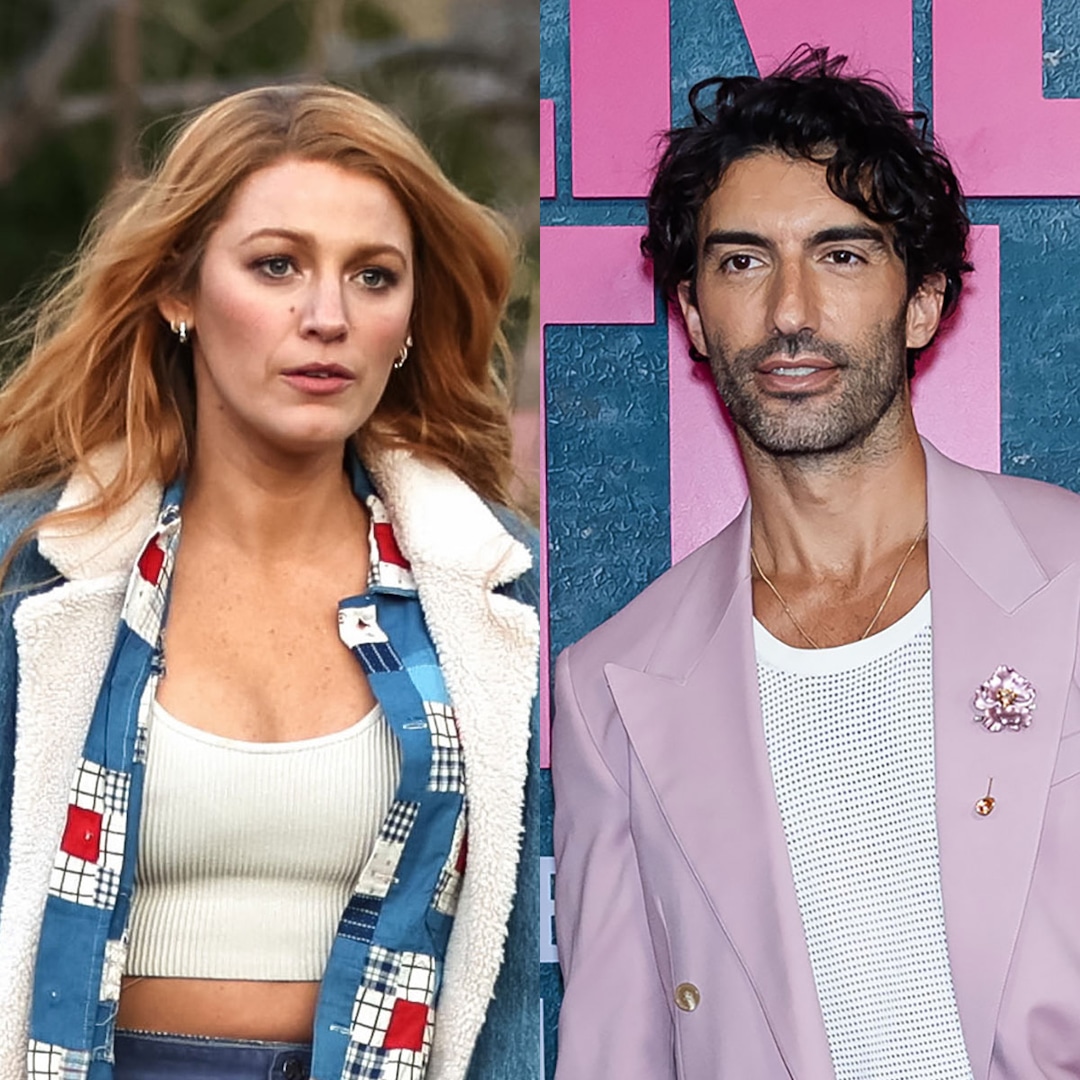Legal Action Against The New York Times by Baldoni and Others on December 31, 2024
On December 31, 2024, a group of plaintiffs that includes Baldoni, Wayfarer, Heath, Sarowitz, Nathan, TAG, Abel, RWA Communications, Wallace, and Street Relations initiated a significant legal battle by filing a lawsuit against The New York Times. This lawsuit marks a pivotal moment in the ongoing controversy surrounding the media?s portrayal of the involved parties and raises important questions about the ethics of journalism and reporting standards.
The plaintiffs accuse The New York Times of serious allegations, including libel, false light invasion of privacy, promissory fraud, and breach of implied-in-fact contract. These accusations stem from the newspaper’s article discussing an alleged retaliatory smear campaign that the plaintiffs supposedly orchestrated against actress Blake Lively after she raised concerns regarding alleged misconduct occurring on set. This lawsuit could have significant implications for both the plaintiffs and the newspaper, highlighting the delicate balance between media freedom and individual rights.
The plaintiffs assert that the report is fundamentally “false” and is primarily based on Lively?s complaint to the California Department of Fair Employment and Housing (CRD). They vehemently deny the accusations and contend that the communications referenced in both the article and the complaint were misrepresented and taken out of context, skewing the narrative in a damaging way.
In the lawsuit, it is claimed that despite The New York Times asserting it had ?reviewed these along with other documents,? the publication relied heavily on Lively?s uncorroborated and self-serving account. The plaintiffs argue that the newspaper largely reproduced her statements verbatim while ignoring substantial evidence that contradicts her allegations and reveals her true intentions. This raises important questions about journalistic integrity and the responsibility of news outlets to present balanced viewpoints.
The lawsuit further contends that it was actually Lively, rather than the plaintiffs, who engaged in a calculated smear campaign against them, a claim she has publicly rejected. This counter-accusation adds another layer of complexity to the ongoing legal dispute, illustrating the contentious nature of public relations within the entertainment industry.
In response to these allegations, The New York Times has announced its intention to “vigorously defend against the lawsuit.” The newspaper emphasized that the role of an independent news organization is to pursue the truth rigorously, following the facts wherever they may lead. It defended its report, stating that it was ?meticulously and responsibly reported,? based on an extensive review of thousands of pages of original documents, including accurately quoted text messages and emails that were thoroughly analyzed and integrated into the narrative.






